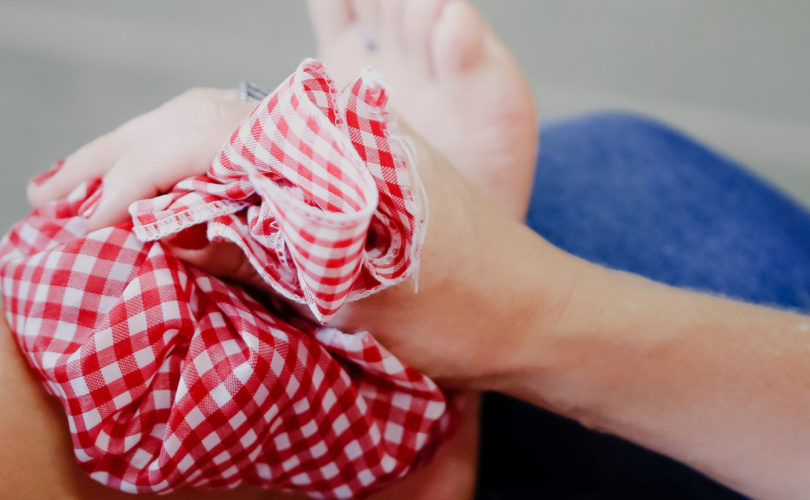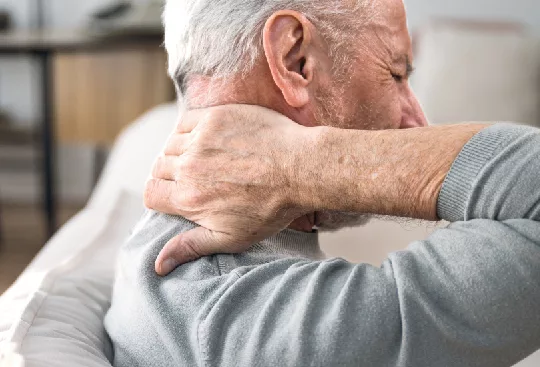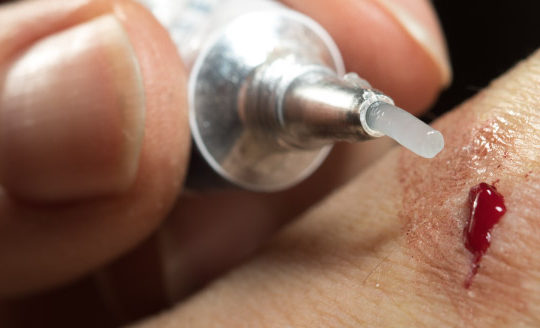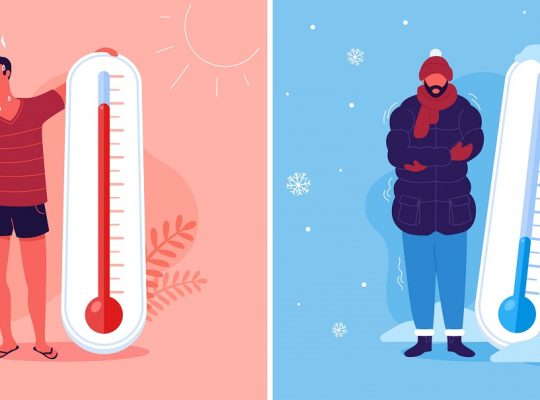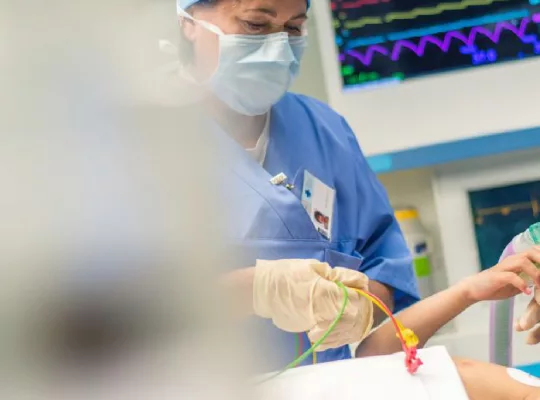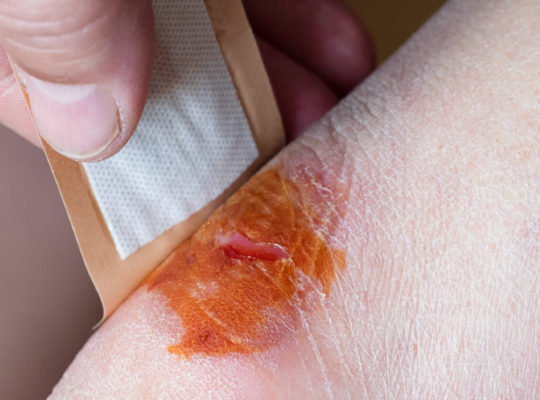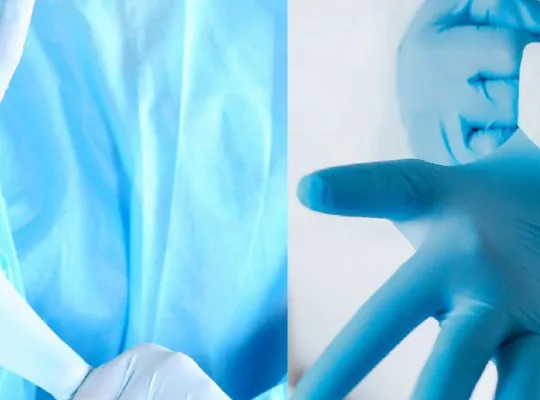Pain is a very common affliction, with approximately 10% of the world’s population experiencing some form of chronic pain. Sometimes people decide to treat or require pain treatment without the use of medication, and the best way to do so is with hot and cold therapy. One of the ways to do this is with ice packs and warm compresses. With the two items producing opposite temperatures, how do you know which one you need and when? Warm and cold compresses both relieve pain, but the way they do it is different.
Heat Therapy
Hot therapy is usually applied to ailments like joint pain and stiffness, muscle cramps, soreness, and stiffness. Heat is very helpful for these symptoms because it causes both psychological and physiological reactions that stimulate recovery.
Physiological Effects
Heat causes the blood vessels in the area to expand, causing the body to send more blood to the area being treated. Bringing more blood into the area helps stimulate the repair of damaged muscle and fascial tissues. Heat also causes the muscle and fascial tissues to expand slightly, which when applied repeatedly or over a long period, will reduce stiffness. It is also believed that the stimulation of heat manages to “override” or “overpower” the stimulation of the pain.
Psychological Effects
The psychological effects of heat therapy are still being researched, but it is believed that comfortable levels of heat cause the body to release chemicals and hormones that create feelings of happiness. This has been seen with “Spring Fever” where people undergo drastic changes to their mood and behavior once winter ends and the temperature begins to climb; it’s sort of the counterpart to seasonal depression.
Some Causes of Muscle Pain to Treat with Heat
The most common cause of muscle stiffness and soreness is exercise. The feeling of stiffness and soreness one to two days after exercising is called Delayed Onset Muscle Soreness (DOMS). DOMS is often incorrectly attributed with lactic acid buildup in the muscles. The only time (excluding people with acute lactic acidosis) we experience the results of lactic acid in the muscles is when we feel a burning sensation while exercising. The lactic acid will clear out of the muscles and be processed by the liver and heart soon after you stop exercising. Stiffness and soreness is just a result of the muscles being damaged by exercise, which is normal. Pushing your muscles hard causes a bunch of microtears in the tissues, which are necessary for muscle growth and development.
There are also chronic disorders such as Arthritis, Stiff Person Syndrome, and Chronic Myofascial Pain, that can result from non-exercise related factors and cause stiffness and soreness.
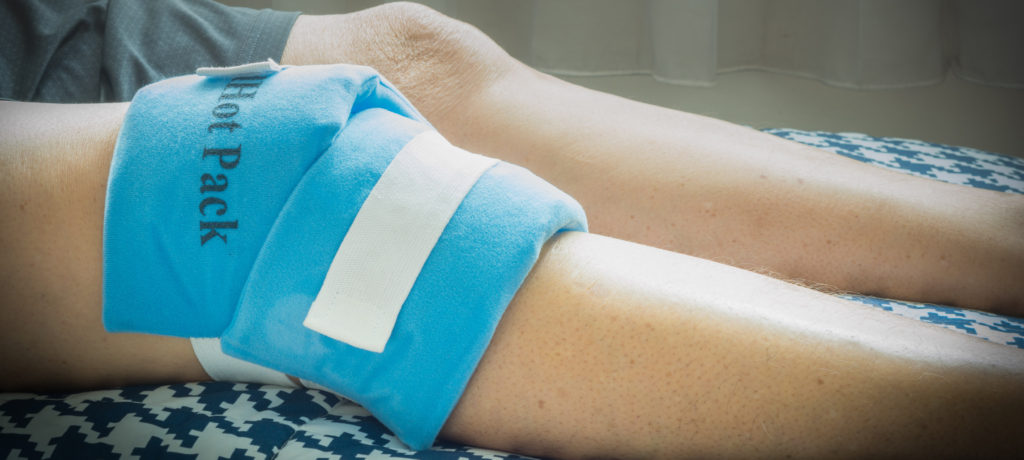
Cold Therapy
Cold compresses are typically used for injuries like bruises, sprains, and swellings. The cold causes things to contract, which is why fingers and toes sometimes get stiff if you don’t wear gloves during the winter. Because of this, cold compresses cause blood vessels to contract, reducing blood flow to the area. This reduces swelling, inflammation, and bleeding. Cold packs also numb the area by limiting nerve activity, which helps relieve pain. Cold therapy is very helpful for relieving inflammation due to tendonitis or pain from tissue damaged by bursitis.
Some athletes also utilize “ice baths” as a means of treating sore muscles and aiding recovery after workouts. The same principles apply to ice baths as with ice packs, just over a larger portion of the body. Ice baths have actually been in use for centuries across many cultures. Ice baths serve two main purposes, firstly, to reduce pain, and secondly, to stimulate blood flow once the body warms back up. When the person gets out of the cold water the blood vessels will expand back to normal size, bringing more oxygen and blood cells to the damaged tissues
Cautions for Hot and Cold Therapies
Even though warm compresses and ice packs can relieve pain, you need to be careful when utilizing them. It is normal for skin to look a little pinker after using warm or cold therapy. Before using the therapy again, allow your skin to return to its normal color and temperature. Also, if your skin appears to have any of the following, call your doctor. They could indicate further skin damage from your form of therapy being too extreme.
- Hives
- Swelling
- Blisters
- Purplish-red, dark red or spotty red and white coloring
Most first aid kits include an ice pack and/or warm compress. They are an essential items to any first aid kit.
References

